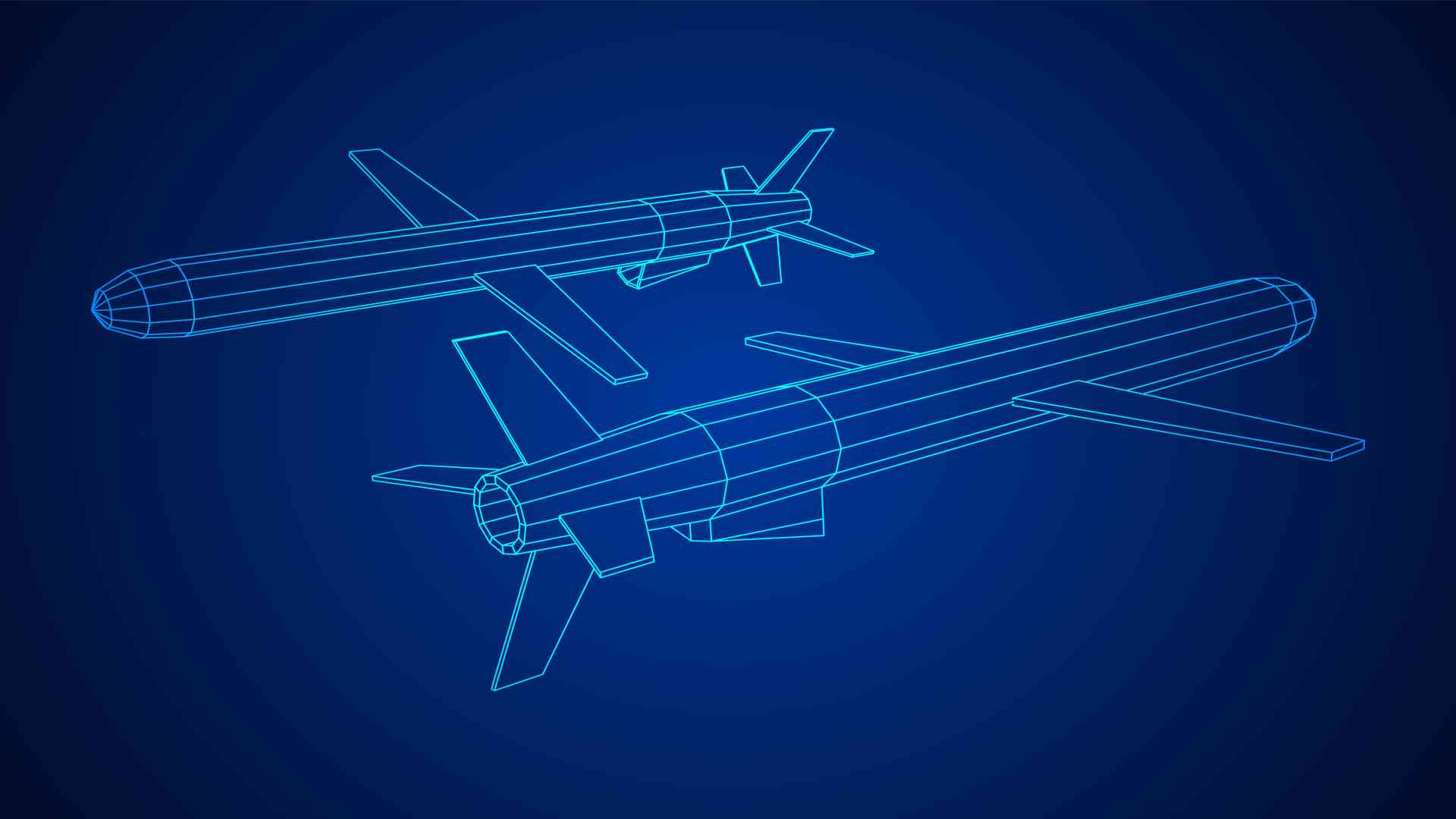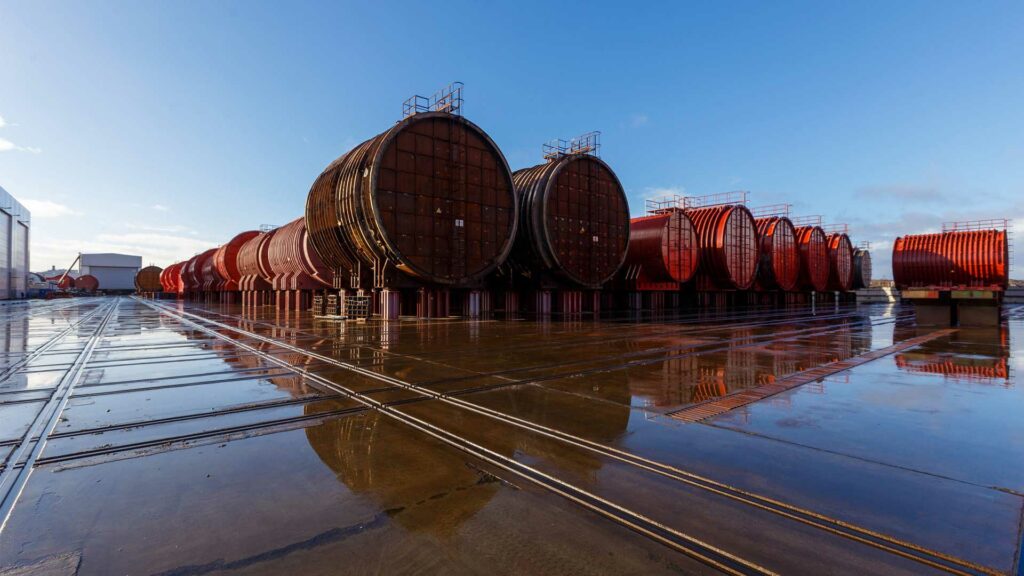Missile or Torpedo or Both?
China’s scientists are developing a missile that could change how we think about warfare. The boron-powered supersonic missile will fly like a commercial plane and swim in the ocean as a torpedo. This would give it a much greater range and speed than any previous torpedo. The implications of this technology are enormous, and it can potentially transform the way we fight wars.

Missile
Boron-powered Supersonic Missile
The Chinese military is working on an advanced anti-ship missile that could revolutionize naval warfare. As per an article in the South China Morning Post (SCMP), the 5-meter-long (16.4 feet) missile would have up to 200 km (124 miles) range and could travel at 2.5 times the sound’s speed at almost 10,000 meters (32,800 feet). It can also evade detection by low diving and skimming the sound wave for a maximum of 20 km.
When the object is within 10 km (6.2 miles), the missile will gain super captivating speed and move at approximately 100 m/sec, creating a giant air bubble surrounding the water, reducing drag significantly. The anti-ship missile could even alter course or dive underwater for a maximum of 100 meters to avoid being hit by defensive systems.
The lead scientist Li Pengfe and his team say that no established ship defensive system was ever intended for this fast and multi-media attack. As a result of their invention of the boron-powered ramjet engine, they increased the boron content in the fuel. Boron initially accounted for approximately 30% of the overall fuel in a space missile due to the numerous other chemicals needed to regulate and extend the combustion.
The team invented a supersonic ramjet engine enclosing approximately 60% boron that would generate significant thrust in air or water. According to a paper on the development of this cross-media ramjet engine, the fuel-rich solid propellant melts with airflow or seawater joining it to achieve high-temperature gas, which further creates thrust via nozzles. Because of its high impulse rating and simple structure, it is an excellent energy source for anti-ship missiles.
Boron is a highly-reactive element that reacts violently with air and water, liberating a tremendous amount of heat. It is widely used in propellants, ranging from jet liquid fuels to solid nanotube fuel sources for hypersonic rocket engines.
How were Boron-based Fuels Invented?
As per the Chinese Society of Astronautics publication, a recent study published in the September 8 issue of the Journal Solid Rocket Technology says that an expert team from Changsha Aerospace Science and Engineering College detailed their plan for developing boron-based rocket engines that could one-day power China’s missiles. This development came after United States Air Force conducted similar studies in the 1950s that could enhance the strength of its supersonic bombers.
The US military has been looking for a better fuel than conventional aviation fuel, which is made from fossil fuels and contains hydrogen. The problem is that these hydrocarbons don’t generate enough energy per unit–even though they’re easier to regulate due to carbon-based civilian gasoline packs bound together. They did not even fulfill the military’s demand for supersonic jets capable of flying halfway around the world.
As a result, American engineers chose boron and introduced a new family of fuels focused on hydro-boron substances, boranes, or zip fuels to improve upon existing jet engine technology.
Due to their energy, these fuels were very appealing at first. They were designed to be applied with the strategic bomber, long-range interceptor, and BOMARC missile. They were also thought to be able to transform the existing jet engines for burning boranes.
However, the project was quietly dropped in 1959 since ignited boron is difficult to control and creates debris layers that interfere with rocket effectiveness. Also, eight volunteers bled to death during accidents involving zip energy usage.
Boron Restores Interest in Hypersonic Missile Race
The race to develop hypersonic missiles has reawakened interest in boron. For instance, last year, China’s activities were directed at air-breathing scramjet propellers that used a solid fuel containing nanoparticles of borane to propel missiles to speeds of five Mach or higher.
The United States is also developing boron-based fuels. The US Navy sponsored initiatives last year for a new research project to discover a boron form or a boron-based chemical pathway that finally led to the boron incorporation in energetic substances, particularly solid and liquid fuels.
Researchers have found that the allotropes may overcome issues, including incomplete combustion and toxicity in boron-based fuels. The same element allotropes can have drastically different characteristics; for example, diamond and graphite are carbon allotropes. The idea is that combining a new boron allotrope with another chemical substance could result in an efficient, non-toxic fuel.
The United States researchers are also investigating the potential for boron usage in hypersonic aircraft. Carbon nanotubes (CNTs) are currently used in specific aircraft frameworks since they can resist high temperatures when an aircraft moves at high speeds. But NASA and Binghamton University engineers released a research paper in 2017 that was sponsored by the US Navy and discovered that a boron and nitrogen combination could develop nanotubes for aircraft structures that can travel at the speed of 6400km/h (4000 miles/hr).
While carbon nanotubes can survive temperatures as high as 450°C, boron nitride nanotubes (BNNTs) can survive up to 900°C. Furthermore, BNNTs are lighter and more durable than CNTs, and have high tensile strength, chemical stability, and thermal stability, making them perfect for supersonic or hypersonic jet structures.
Boron Use is Still Risky and Difficult
A Changsha, China-based research team have developed a boron-powered ramjet engine that could operate in the air and underwater. This is surprising because most engines are intended to operate solely on airplane fuel. Because of the high water reactivity, researchers generally prefer aluminum or magnesium as propellants for supercavitation torpedoes.
Li and his team found an effective way to keep the boron’s burn efficiency in various environments by modifying some components, such as intake valves or exhaust nozzles.
As the team continued researching and developing, they decided to increase the boron percentage in the fuel. This was done to achieve a higher level of thrust than what could be achieved with aluminum in water. However, this decision also brought challenges regarding mass manufacturing, combustion, and ignition control. These challenges can be addressed by adjusting the boron particles, enhancing the production process, and researching grain mass properties.
Boron-based fuels offer many advantages over traditional fuels, but one significant challenge is controlling the burning process. This can be difficult to regulate because boron powder acts when implanted into the combustors.
This poses a risk to countries such as China, which highly depend on biofuels in mass-produced weapon systems. Most of China’s boron ore deposits come from outside the country, most of which come from the United States. This dependence could cause significant issues if the supply is interrupted.





